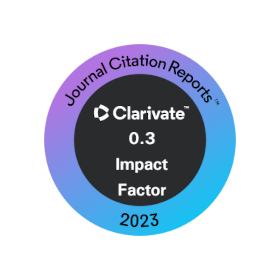Microorganism density in the rhizosphere of Mexican lime with HuangLongBing and inoculated with arbuscular mycorrhizal fungi and beneficial bacteria in greenhouse
DOI:
https://doi.org/10.28940/terra.v37i4.525Keywords:
Bacillus subtilis, citrus, Candidatus Liberibacter asiaticus, Funneliformis mosseaeAbstract
Mexico is among the first producers of Mexican lime (Ml), with 2.5 million hectares per year. Currently, this agricultural activity is threatened by HuangLonBing (HLB), caused by the bacterium Candidatus Liberibacter asiaticus (CLas). The development of biotechnological strategies aimed at combating this disease is imperative in order to incorporate them into the current management. The objective of our study was to isolate and determine the abundance of total bacteria (B) and filamentous fungi (FF) in the rhizosphere of Ml plants infected with CLas, treated with Bacillus subtilis (BS) and Funneliformis mosseae (FM). A completely randomized experimental design was used in six treatments and five replicates with one and a half year old trees infected with CLas via bud grafting as follows: 1) monthly application of BS (5 × 105 CFU g-1 of substrate: BsCLas), 2) single application of FM (5 spores g-1 inoculum: FmCLas); 3) chemical fertilization without CLas (Q), 4) chemical fertilization with CLas (QCLas); 5) organic fertilization without CLas (O) and 6) organic fertilization with CLas (OCLas). Five rhizospheric samplings were carried out each 70 days after the first application (dafa) of the chemical and organic nutrition of after the inoculation of microorganisms. The populations of bacteria (B) and fungi (FF) were determined using the decimal dilution method, plating (AN and PDA) and CFU count. Statistical differences (Tukey’s, P ≤ 0.05) were found in the population dynamics of B and total FF in treatments infected with CLas, with regard to non-infected treatments. At 368 dafa, total substrate B were 7.4 × 105 CFU g-1 in treatment QCLas, in contrast, total substrate B were 2.67 × 106 CFU g-1 in treatment Q. The population dynamics of B was the most affected compared to that of FF. The inoculation of beneficial microorganisms or application of organic nutrition were unable to maintain total B populations.Downloads
Publication Facts
Reviewer profiles N/A
Author statements
- Academic society
- Terra Latinoamericana
- Publisher
- Mexican Society of Soil Science, C.A.

















